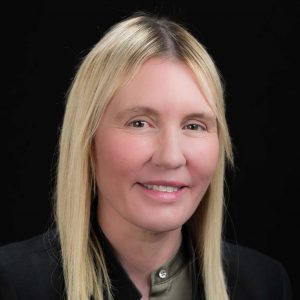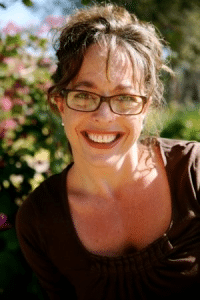BY KARA SHOEMAKER
What do you do when there are limited funds and an extraordinary amount of need? How do you choose which organizations will receive grant funding when it is evident that all of them provide critical services to our community? At the Santa Barbara Foundation, these tough decisions are made by Grant Committees comprised of community experts, Foundation Trustees, and staff.
For each grant program, a new committee is formed to best reflect community knowledge in the grant area. By utilizing the expertise of professionals already addressing community needs in the field, as well as SBF Trustees, many of whom serve on multiple nonprofit boards, each committee has a fundamental understanding of the issues faced by our communities and the agencies that serve them. Committee members bring diverse perspectives to the table as they review each grant proposal.
Selecting a diverse and dedicated group of committee members is a critical part of the process. Because the Foundation receives more applications than it can fund for each grant program, grant committees must make tough, unbiased decisions to fund the organizations that best address the grant priorities. During the recent application period for the 2019 Health Care and Behavioral Health Care Grant Program, the committee received submissions from 39 nonprofit organizations, requesting a total of $1.5 million in funding. Of the 39 organizations, 7 health care organizations and 10 behavioral health care organizations were funded.
“I’m really proud of our process, in terms of how transparent it is, and how it truly is committee-led. An example of this is when we formulated final decisions for this last grant cycle,” said Guille Gil-Reynoso, former Community Grants Program Manager at the Santa Barbara Foundation. “There are so many lenses that a committee will look at when awarding grantees, whether it’s looking at geographic area, specific populations that they are serving, whether agencies are providing long term sustainability for the organization, etc. The Foundation lays some groundwork, but it’s ultimately up to the committee to decide which program priorities are most critical to address.”

The Foundation strives to maintain a high level of transparency and engagement with the community during the grant funding process. Organizations are encouraged to review the Grant Guidelines and contact staff members prior to applying. The Foundation also hosts #AskSBF open office hours that align with Grant Program timelines, allowing community members and agencies to walk in without an appointment.
“There are so many notable and great organizations. I wish we had funding to provide grants to all of them,” said Danna McGrew, Santa Barbara Foundation Trustee and Health Care and Behavioral Health Care committee member. “Fortunately, several Santa Barbara Foundation donors came forward to increase grant funding. It was heartwarming to see community members take action and provide additional funds to support more of these nonprofit organizations that are doing such great work.”
Initially the Foundation only had enough funds to award grants to seven behavioral health care organizations, but thanks to the unexpected generosity of Foundation donors, the committee was able to award grants to ten organizations that had met the rigorous grant requirements.

“It is an enormous privilege to be a part of this process – there are so many amazing organizations serving our community and it’s an honor to get to review their grant applications and help decide who gets funding – to be a part of this fabric of support,” said Dr. Shereen Khatapoush, Health Care and Behavioral Health Care committee member and Research & Program Evaluation Supervisor for the Santa Barbara County Department of Behavioral Wellness. “The most rewarding part is knowing that these dollars are going to be put to such good use and will be helping so many people in our community.”
Beyond awarding funds, committee members also provide the Foundation with valuable insight into where there are support gaps within our community, and how we can work together to meet these needs.
“Clearly, there is a great need for funding. What was interesting was seeing how difficult it really is to make a decision about which agency to fund, and realizing that some of these collaborations may not fit within our typical, structured grant cycle,” said McGrew. “Is there a way to carve out funds to support these collaborations as well? As a Trustee for the Foundation, I am inspired to go back to the Board to discuss ways we can think outside the box to support some of these unique collaborations in order to help the community in a more accelerated manner.”
“When we know how our community partners and funders are addressing specific issues, we can create a more meaningful strategy because we are all in this together,” said Gil-Reynoso.